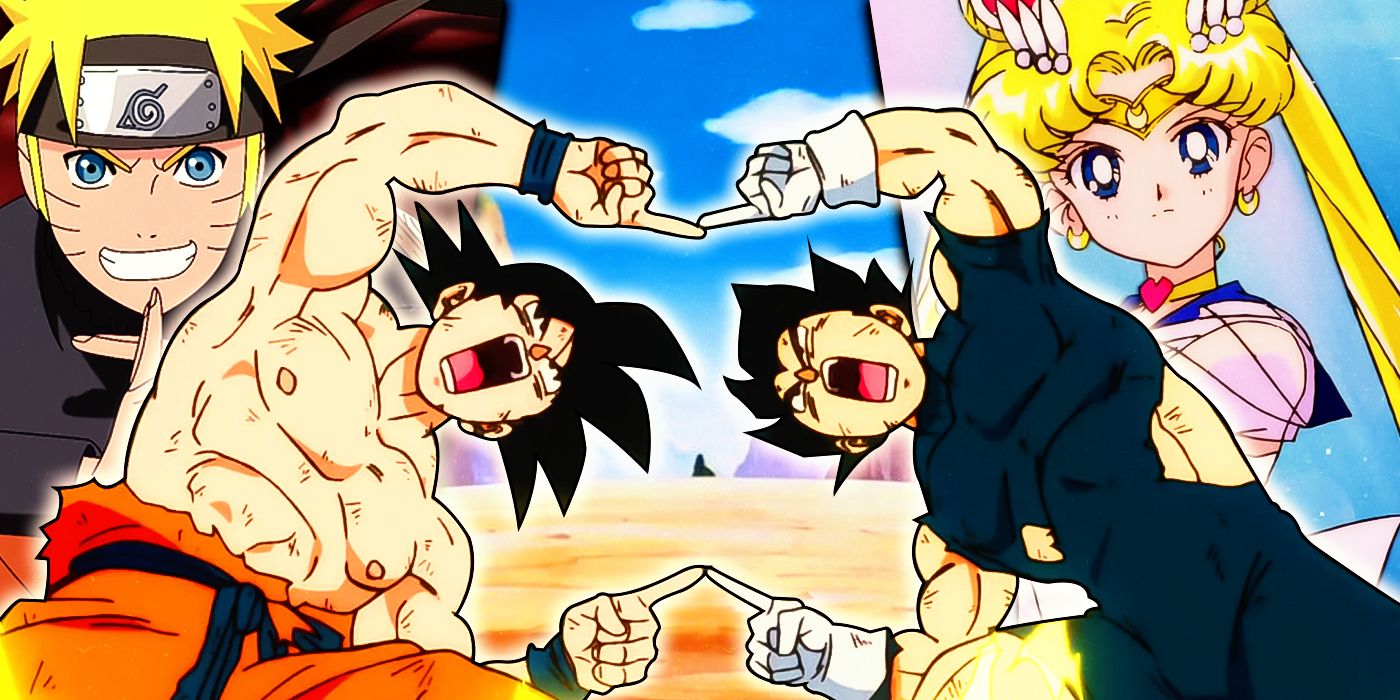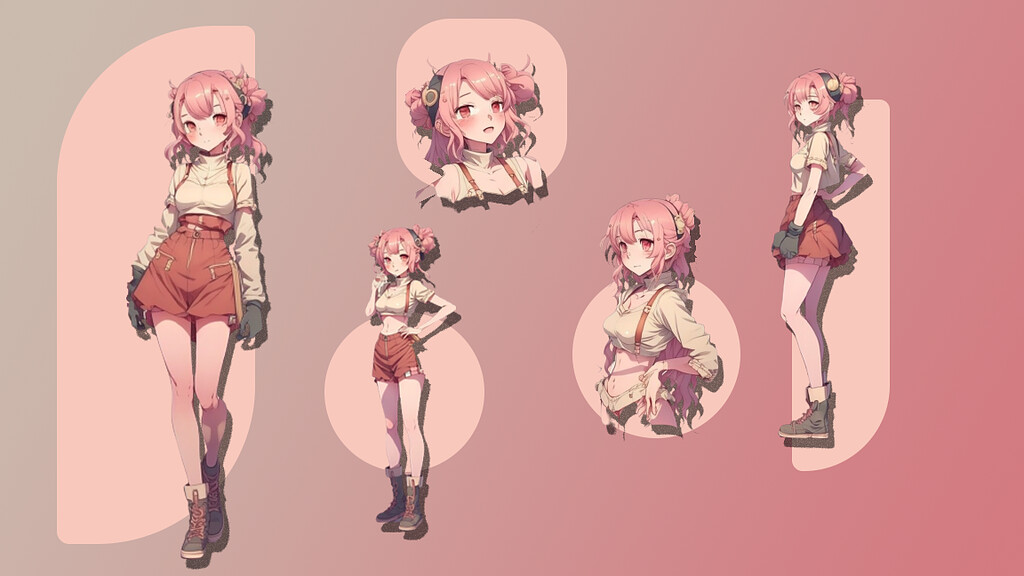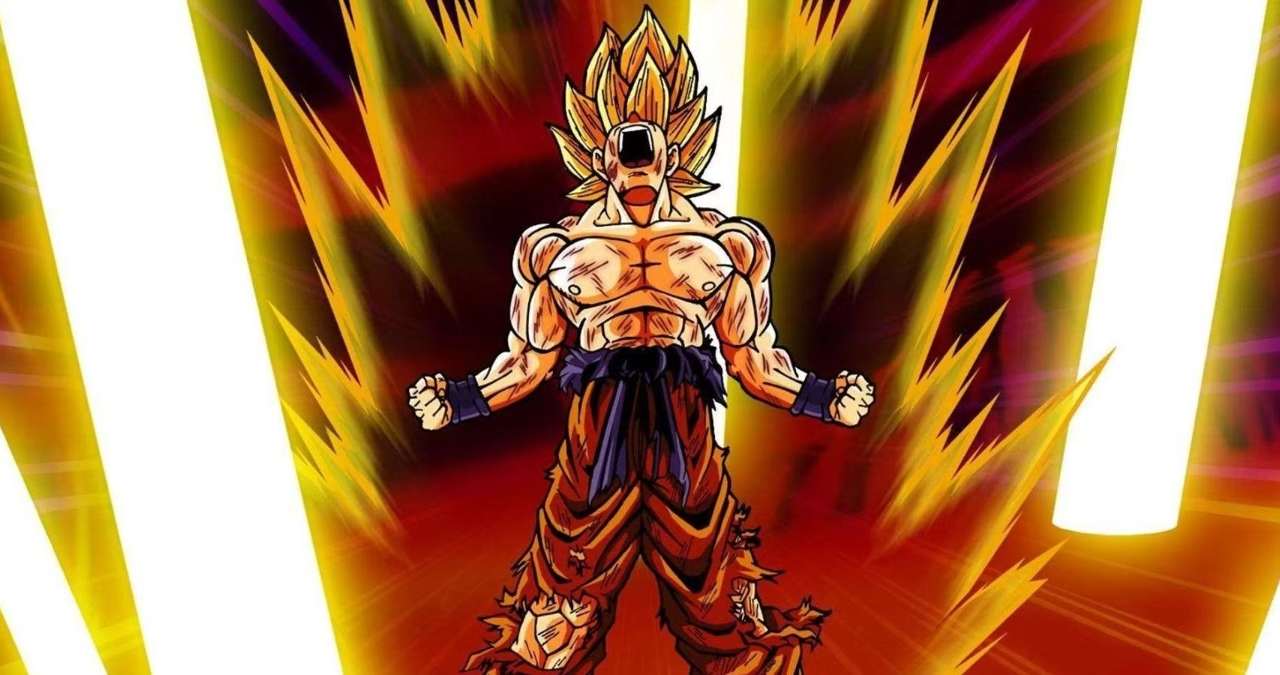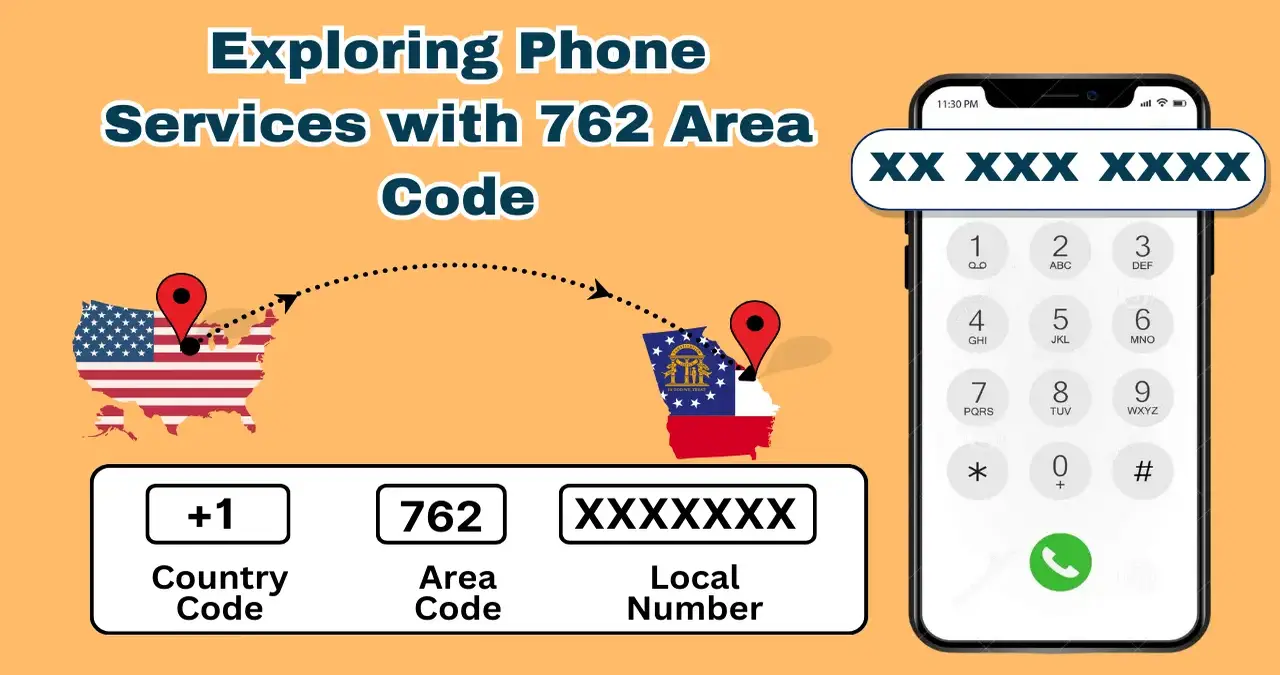Discover the world of anime poses—learn how they tell stories, express emotion, and elevate anime art. From basics to iconic stances, dive into this expert guide now.
Anime poses are more than just illustrations of characters in motion—they’re a vital storytelling tool. Whether you’re an artist, a cosplayer, an animator, or just a die-hard fan, understanding anime poses can dramatically deepen your appreciation and skills. With a blend of exaggeration, emotion, and style, anime poses have captivated millions worldwide.
From iconic battle stances to heart-melting romantic gestures, anime poses help communicate everything without a single word. This guide dives deep into the art and science behind them—how to draw them, what they mean, why they matter, and how they’ve evolved over time.
What Are Anime Poses?
Anime poses are stylized body movements or positions that characters take on in anime and manga. These poses aren’t random—they’re deliberate choices that reflect personality, emotion, and narrative. The angle of a head tilt, the wideness of a stance, or even the way a hand is clenched can speak volumes.
There’s a reason why so many iconic anime scenes stick with us. It’s not just the animation quality or the voice acting—it’s also the way characters are posed. Whether it’s a power-up stance or a blushing hand-over-heart pose, these visuals help us connect deeply with characters.
These poses often push the boundaries of realism. Anime embraces exaggeration, which makes the body language in these poses more expressive than real life. This artistic liberty is what gives anime its emotional punch.
Why Anime Poses Matter in Art and Storytelling
If you’re into anime drawing or illustration, mastering anime poses is absolutely crucial. They help bring your characters to life. Even a static drawing can feel animated when the pose is dynamic and well-executed.
On a storytelling level, anime poses do a lot of heavy lifting. They show us who the character is without needing dialogue. A confident protagonist might stand tall with a relaxed smile and arms folded. A shy love interest? She’s probably nervously clasping her hands behind her back, blushing.
In action scenes, poses convey movement, power, and speed. In romantic moments, they capture tension and vulnerability. This visual language becomes part of the storytelling itself, engaging viewers on both conscious and subconscious levels.
Understanding the Basics of Drawing Anime Poses
Before diving into complex stances, it’s important to grasp the fundamentals. Anime poses often start with simple construction lines. Artists begin with a basic skeleton or stick figure to establish proportions and posture.
This initial step is all about flow and balance. Even a casual standing pose has a rhythm to it. The body has a natural curve, weight distribution, and center of gravity. Understanding these elements helps your pose feel more believable and expressive.
From there, you build out the anatomy. Anime doesn’t require hyper-realistic muscles, but knowing human anatomy basics helps you exaggerate correctly. A good pose balances realism and stylization.
The Most Iconic Anime Poses and What They Symbolize

Some anime poses are instantly recognizable. They transcend the shows they come from and become pop culture symbols. Think of Goku’s Super Saiyan power-up pose or Naruto’s ninja run. These aren’t just cool to look at—they tell us something about the characters and their journeys.
Power poses usually involve wide stances, clenched fists, and raised arms. They scream strength and determination. Romantic or shy poses, on the other hand, are more inward and closed off—shoulders drawn in, heads turned away, fingers fidgeting.
Each genre has its own pose vocabulary. Shonen action anime is all about aggressive, dynamic postures. Shojo romance leans into cute, demure, or flustered stances. Horror anime? Expect tense, off-kilter, and eerie body language.
Types of Anime Poses Every Artist Should Know
There are countless poses in anime, but some foundational types include:
- Neutral Standing Pose: The character is just standing, relaxed. Great for model sheets or character design.
- Battle Stance: Wide legs, bent knees, arms ready. Think martial arts or sword fighters.
- Jumping/Flying Pose: Dynamic lines, wind-blown hair, extended limbs.
- Emotional Reaction Pose: Blushing, crying, angry—often exaggerated for effect.
- Sitting or Lying Down Pose: Casual or intimate, great for mood-setting scenes.
Mastering these allows you to mix and match, creating complex scenes that feel alive. Once you have the base, you can add personality through subtle changes in hand placement, head angles, or posture.
Tips for Creating Your Own Anime Poses
Creating your own anime poses can feel intimidating, but it’s all about practice. Start by using references. Look at screenshots from your favorite anime, or pose in front of a mirror. Break the pose down into basic shapes and lines.
Use gesture drawing techniques. Spend a few minutes sketching quick poses to capture the motion and energy. Don’t worry about details at first. Focus on the overall feeling of the pose.
Another tip: always ask what your character is feeling. Emotion should drive the pose. Is your character scared? They’ll likely hunch their shoulders, widen their eyes, and step back. Angry? Leaning forward, gritted teeth, clenched fists.
Anime Poses in Cosplay Photography
Anime poses aren’t just for drawings—they’re also huge in cosplay. A great cosplay isn’t just about the costume; it’s about embodying the character. Striking the right pose can transform a photo from basic to breathtaking.
Cosplayers often practice poses in front of mirrors or take cues from anime scenes. The goal is to recreate that same feeling or iconic moment. Dramatic angles, expressive hands, and strong silhouettes all play a role.
Photography tricks like dynamic angles or dramatic lighting can enhance your pose. But it all starts with understanding the character and their signature body language.
Anime Poses and Animation: Breathing Life into Movement
In animation, anime poses are the keyframes—the major movements that tell the story. Animators map out the most dramatic or important positions first, then fill in the in-betweens. These key poses define the timing, emotion, and flow.
Because anime often works on tighter budgets, animators have to make each pose count. One dramatic freeze-frame with glowing eyes or wind-swept hair can carry an entire emotional beat.
Understanding anime poses is essential for animators. You’re not just drawing motion—you’re drawing intentions. Each pose must reflect a choice, an emotion, a shift in story.
How Anime Poses Reflect Japanese Culture and Expression
Anime poses also reflect aspects of Japanese culture. The way characters bow, kneel, or show respect comes from real-life Japanese body language. Even exaggerated poses often have roots in traditional gestures.
Take the famous anime “hand behind the head” embarrassed laugh. In Japanese culture, this mimics a real-life gesture of humility or sheepishness. It’s exaggerated for effect in anime but still culturally grounded.
Anime’s emphasis on physical expression comes partly from the language itself. Japanese relies heavily on context and subtlety, so visual storytelling—through body language—is a natural extension.
The Evolution of Anime Poses Over the Years
Early anime had simpler, more rigid poses due to animation limitations. As technology improved, so did the fluidity and creativity of poses. Shows like “Attack on Titan” or “My Hero Academia” use extreme poses and camera angles to create intense action.
Modern anime also blends digital techniques, allowing for more intricate posing and dynamic movement. But the heart remains the same: using the human form to tell stories.
Even older anime like “Sailor Moon” or “Dragon Ball Z” contributed heavily to the anime pose lexicon. Those transformation stances and power-up scenes set the standard for decades.
Creating a Pose Reference Sheet

If you’re an artist, having your own anime pose reference sheet is incredibly helpful. Think of it as your toolkit. Collect poses for different emotions, actions, and perspectives. Sketch them out or take photos of yourself striking those poses.
Categorize them by mood: action, romance, comedy, sadness. Over time, you’ll build a personal library of poses to draw from. This speeds up your workflow and helps you develop a unique posing style.
Table: Common Anime Poses and Their Meanings
| Pose Type | Description | Common Use Cases |
|---|---|---|
| Power Stance | Legs apart, arms clenched | Battle scenes, transformations |
| Blushing Shy Pose | Hand over chest, looking away | Romance, confession scenes |
| Confident Lean | One hand in pocket, slight smirk | Cool characters, rival intros |
| Jump/Attack Mid-air | Arms/legs extended, flying hair | Action, dramatic climax |
| Emotional Breakdown | Knees on ground, hands on face | Drama, intense moments |
Quotes About Anime Poses
“A pose is worth a thousand words in anime—it captures emotion, action, and essence all at once.”
“When you master anime poses, you’re not just drawing—you’re storytelling without a single line of dialogue.”
FAQs About Anime Poses
What are anime poses?
Anime poses are stylized body positions used in anime and manga to express emotions, actions, and personality. They’re a key part of storytelling in visual form.
Why are anime poses important in art?
Anime poses bring characters to life. They help express mood, emotion, and intent in a visual format, adding depth and storytelling power to illustrations.
How can I learn to draw better anime poses?
Use references, practice gesture drawing, study anatomy basics, and draw daily. Start simple and gradually tackle more dynamic and expressive poses.
Are anime poses only for drawings?
Not at all! Cosplayers, animators, and even writers use anime poses to understand character expression and staging. They’re a versatile tool across mediums.
What tools can help with anime poses?
Pose reference apps, 3D modeling tools, photography, and even mirrors can help artists practice and refine their anime posing skills.
Conclusion: Mastering Anime Poses is a Journey
Anime poses aren’t just about cool aesthetics—they’re a bridge to emotion, narrative, and visual storytelling. Whether you’re sketching your first character or posing for cosplay photos, mastering anime poses is a game-changer. With practice, observation, and a bit of imagination, you’ll find yourself creating scenes that pulse with life and personality. Keep posing, keep learning, and keep the passion alive.



